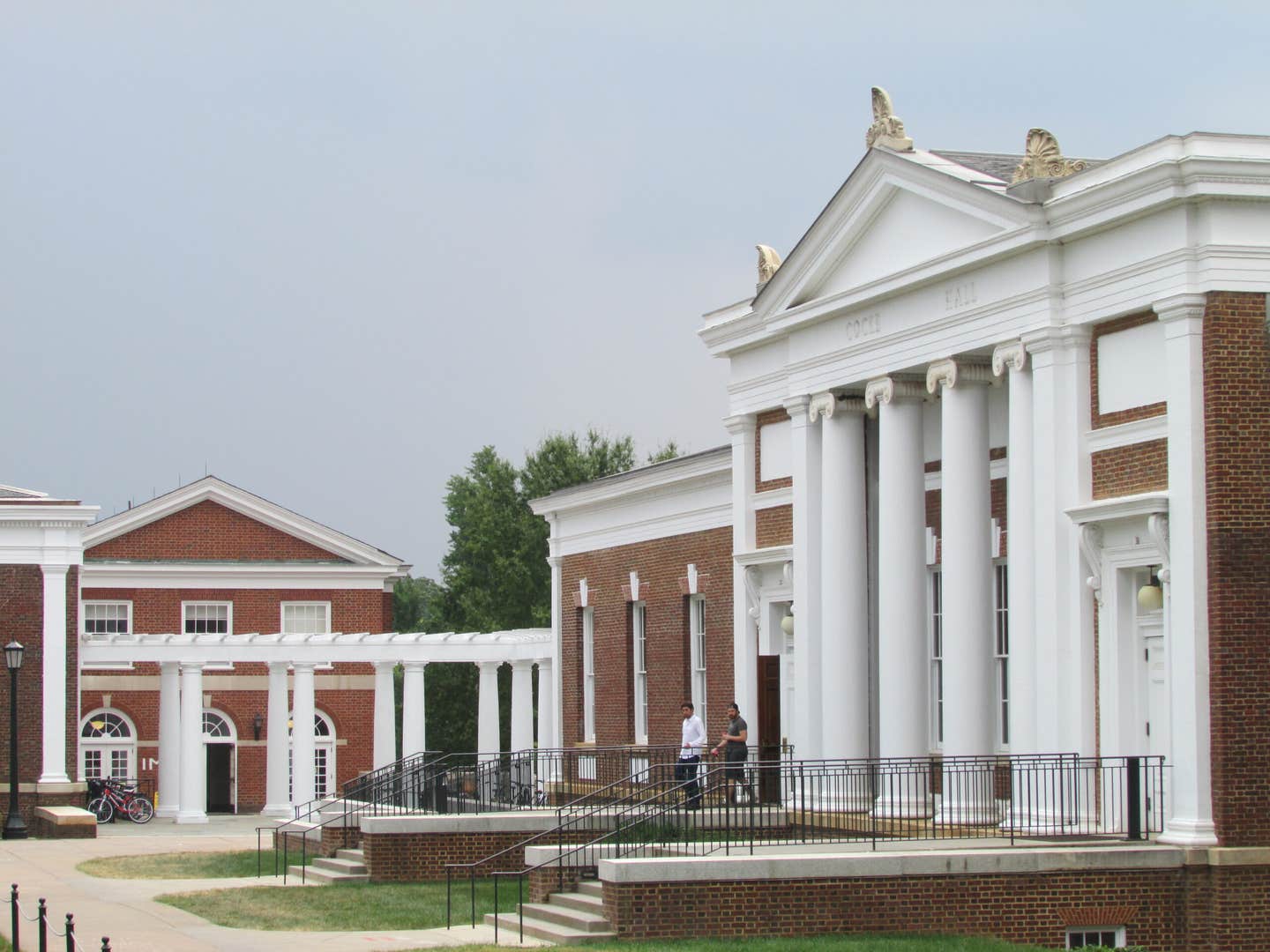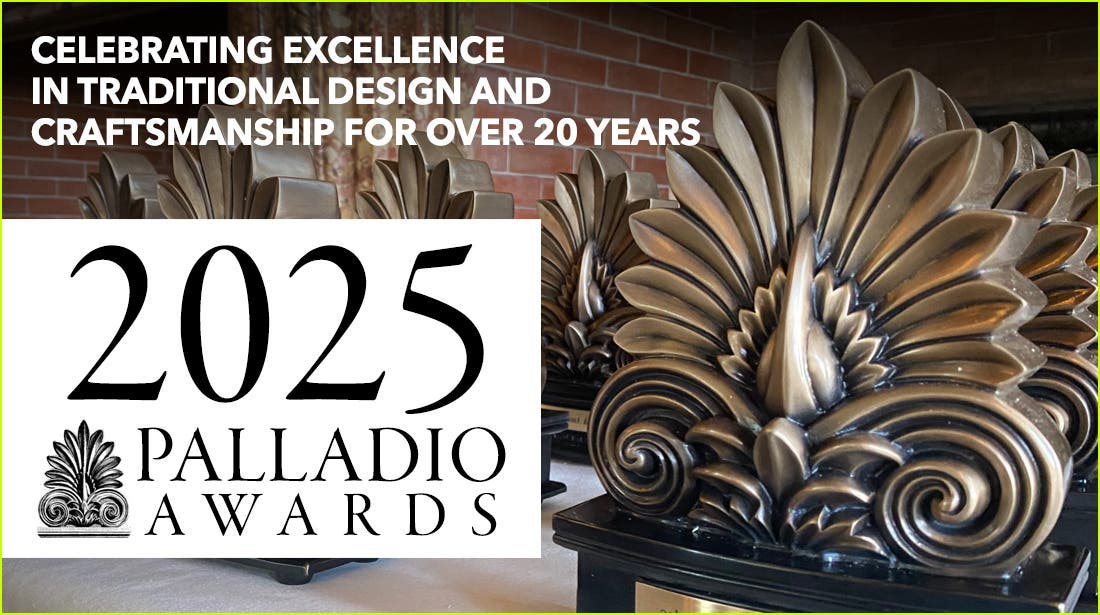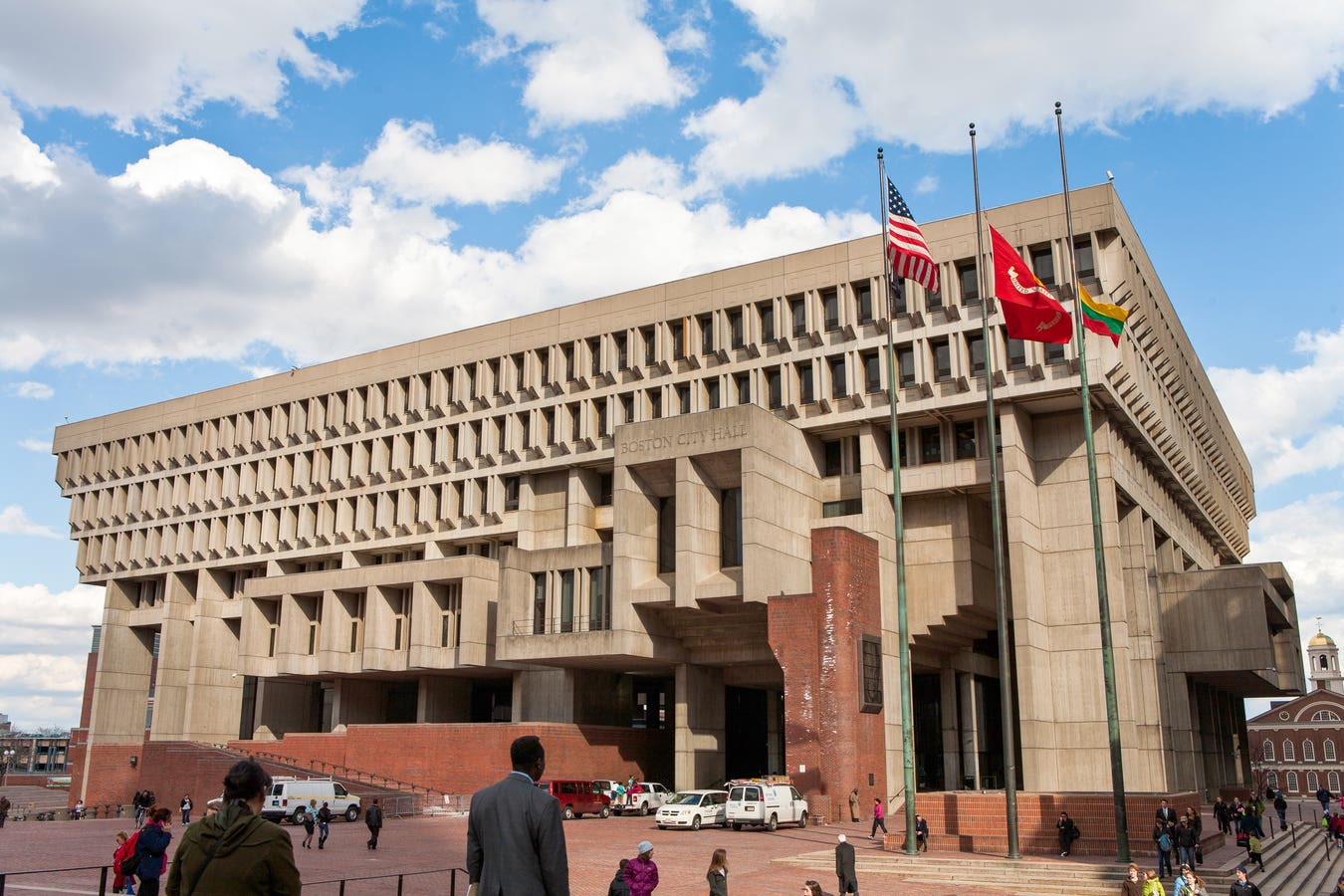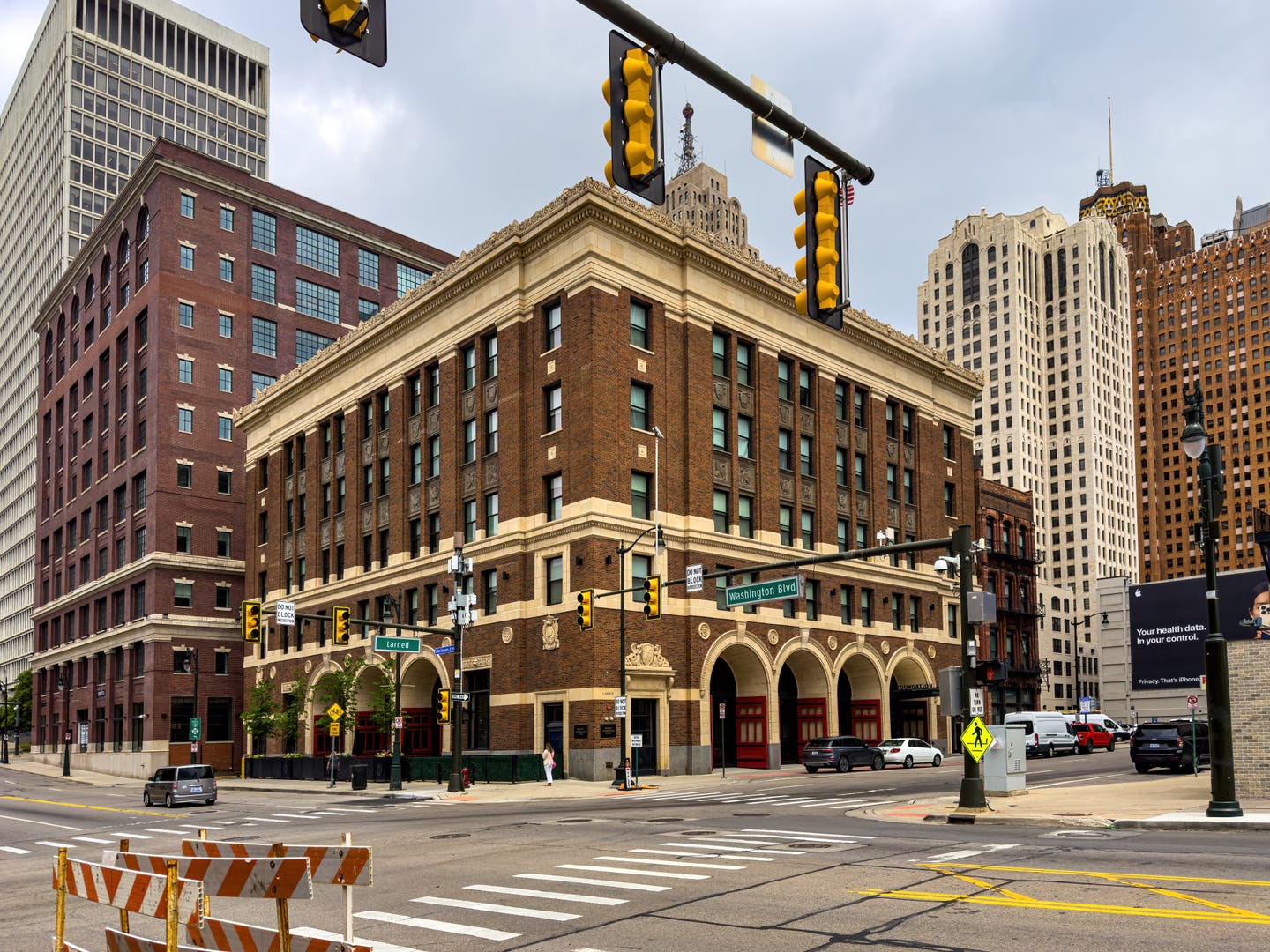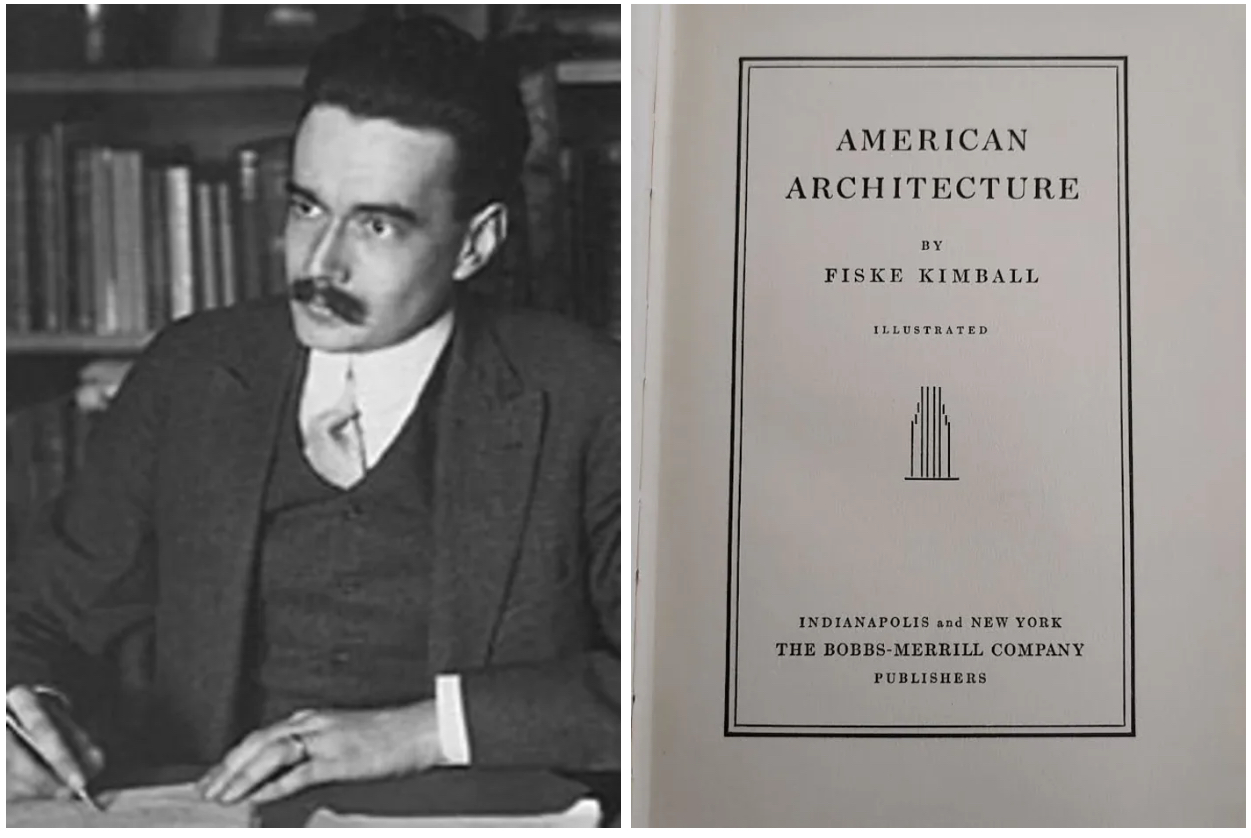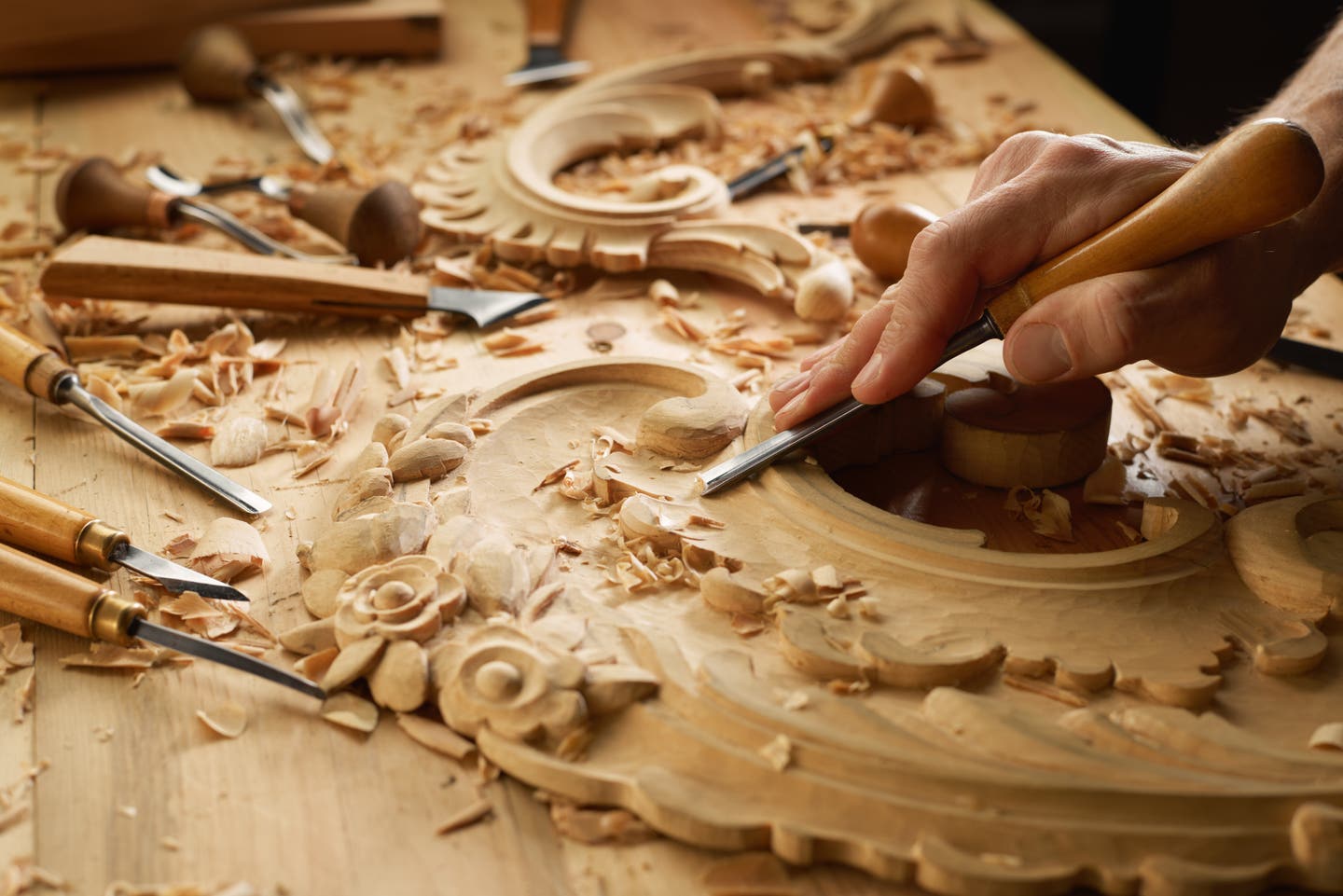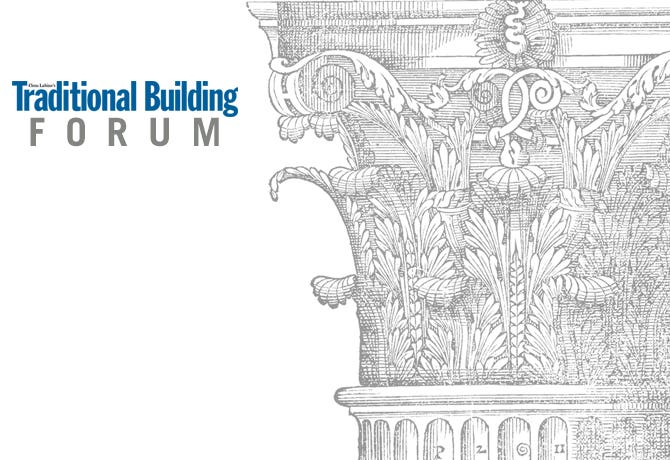
The Forum
Palladio Competition for Traditional Design
With this issue, we are announcing winners of the 2014 Palladio Awards for excellence in traditional design in the public architecture categories. On this 13th anniversary of the awards program, it’s worth noting that the Palladio Awards were the first architectural honors to focus exclusively on traditional design. In addition, the Palladio Awards continue to be the only national honors for traditionally rendered projects.
Prior to introduction of the Palladio Awards in 2002, architectural design competitions were won almost exclusively by projects in the Modernist vein. Even though most of the competitions were theoretically style-neutral, jurors were carefully selected from among professionals imbued with Modernist orthodoxy. So it was no surprise that the winners were invariably architects who totally avoided any Classical or traditional references. (The sole exceptions were projects involving historic preservation.) As a result, the Palladio Awards were inaugurated specifically to counteract irrational prejudice against humane, context-sensitive design.
It’s unfortunate that the bifurcation of the architectural profession made parallel award systems necessary. But the plain fact is that the architectural establishment is controlled by professionals who have drunk deeply from the cup of Modernist Kool-Aid. They ardently believe that design which rejects historical reference is intellectually superior to architecture that builds on tradition . . . preferring the “shock of the new” over the emotional resonance of the true.
Modernism’s claim to exclusive contemporary relevance was thoroughly debunked a year ago in these pages by Dr. Mark Gelernter, dean and professor of architecture in the College of Architecture and Planning, University of Colorado Denver (Traditional Building, February, 2013). Gelernter showed that Modernist design is by now nothing more than another historical mode with no more claim to intellectual superiority than Classicism or Arts & Crafts or any of the other tradition-based styles.
Still the taste-making elite continues to ignore the growing number of architects – and members of the general public – who desire contemporary architecture that creates pleasing human environments through legible connections to previous generations. The abstract geometric fundamentalism that dominates international architecture today glorifies technology rather than the history of humankind. No wonder that the geometrical solids – ranging from the bland to the bizarre – that litter the world’s cities are perceived as cold and soulless.
It’s ironic that Andrea Palladio, who’s been gone from the architectural scene for nearly 500 years, still provides a valid model for producing contemporary architecture that is both humane and functional. Palladio created revolutionary new architecture in his own time – but did so in an evolutionary way. Through careful study of the remains of the ancient world, he built upon Classical and vernacular traditions to bring forth beautiful, appropriate, comfortable, durable and functional buildings. Rather than rejecting historical precedent and tradition – as do so many of today’s practitioners – he embraced and adapted tradition to create innovative contemporary design.
Palladio’s principles are timeless; he had a design method – not a design style. Most of his compositions do not incorporate the temple-front portico that has come to be thought of as “the Palladian Style.” Rather, he showed a fluid design hand that blended modernity and human scale with dramatic exterior motifs. Harmony and balance, combined with strong tectonics, can be more accurately said to be the “Palladian Style.”
He absorbed the best ideas from the past, and applied them in new ways to solve the problems of his era. The majority of Palladio’s villas achieved their sense of majesty not through expensive materials (most are made of stucco-covered brick) but through the clarity, simplicity and originality of the design. His buildings exhibit fine craftsmanship, cultural identity and clear rules of proportion, scale and composition.
Equally important, Palladio displayed great site-sensitivity and incorporated many energy-conserving features centuries before the idea of “green architecture” was invented. So in naming our awards program after Andrea Palladio we commemorate the master teacher and the architect whose principles are perpetually modern. Paradoxically, even today’s taste-making establishment concedes that Palladio was a great architect, but in the next breath they will vilify tradition-based design – the very process that Palladio used to attain his niche in architecture’s pantheon.
We are proud to salute these winners of the 2014 Palladio Awards, whose project stories will be published in the June issue. They are worthy heirs of Palladio’s legacy.
2014 Palladio Winners for Public Architecture
Restoration & Renovation
ZGF Architects LLP, Seattle, WA.
For the King Street Station, Seattle, WA
Adaptive Reuse & Sympathetic Addition
Voith & Mactavish Architects LLP, Philadelphia, PA
For The Barn student center at Millbrook School, Millbrook, NY
New Design & Construction, more than 30,000 sq.ft.
Tsoi/Kobus & Associates, Cambridge, MA
For Stokes Hall at Boston College, Chestnut Hill, MA
New Design & Construction, less than 30,000 sq.ft.
Archer & Buchanan Architecture, Ltd., West Chester, PA
For Rathburn Hall at Grove City College, Grove City, PA
Special Award
Duncan G. Stroik Architect, LLC, South Bend, IN
For the Cathedral of Saint Paul Organ Case, St. Paul, MN
The Jurors:
Stephen T. Ayers, FAIA, LEED AP, Architect of the Capitol, Washington, DC;
Matthew S. Chalifoux, AIA, principal, Sr. Historic Preservation Expert, EYP Architecture & Engineering, Washington, DC;
Carl Elefante, FAIA, LEED AP O+M, principal, Quinn Evans Architects, Washington, DC;
MK Lanzillotta, FAIA, LEED AP, partner, Hartman-Cox Architects, Washington, DC.
Editor Emeritus Clem Labine is the founder of Traditional Building, Period Homes, and Old House Journal magazines. He also launched the Palladio Awards program in 2002.
Clem Labine is the founder of Old-House Journal, Clem Labine’s Traditional Building, and Clem Labine’s Period Homes. His interest in preservation stemmed from his purchase and restoration of an 1883 brownstone in the Park Slope section of Brooklyn, NY.
Labine has received numerous awards, including awards from The Preservation League of New York State, the Arthur Ross Award from Classical America and The Harley J. McKee Award from the Association for Preservation Technology (APT). He has also received awards from such organizations as The National Trust for Historic Preservation, The Victorian Society, New York State Historic Preservation Office, The Brooklyn Brownstone Conference, The Municipal Art Society, and the Historic House Association. He was a founding board member of the Institute of Classical Architecture and served in an active capacity on the board until 2005, when he moved to board emeritus status. A chemical engineer from Yale, Labine held a variety of editorial and marketing positions at McGraw-Hill before leaving in 1972 to pursue his interest in preservation.



